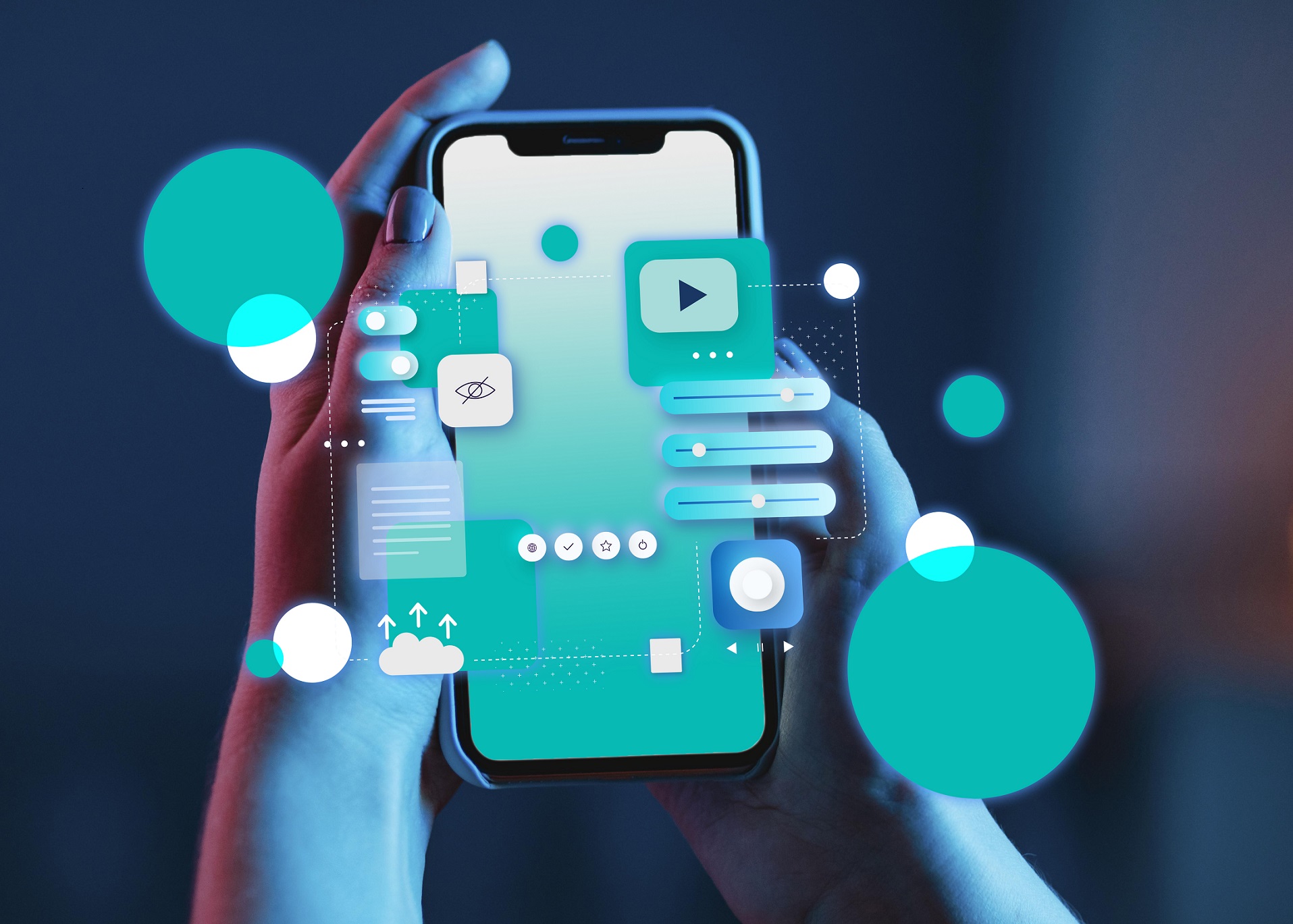For the past few years, over 1.5 million new native mobile applications for iOS or Android have consistently emerged worldwide. Most smartphone and tablet users have applications for social networks, banking services, taxis, physical activity, food ordering, and other purposes.
Native applications are developed and optimized for a specific operating system, usually iOS or Android. They provide full access to device capabilities, such as the camera, microphone, geolocation, and notifications, which allows for the creation of rich user functionality. Additionally, they have access to the operating system’s APIs for interacting with other systems.
However, there are other types of applications that are also popular among mobile device users.
Why is an alternative to regular mobile development necessary?
- Users have become more selective when installing applications due to limited storage space and the need for sufficient memory for proper operation.
- Approval from the app store is required for distribution, which increases the time between development and reaping the benefits of investment.
- To reach all users, development for multiple operating systems is necessary, which increases the project budget.
- The high cost of maintaining multiple applications is financially impractical.
Which alternatives to iOS or Android development are out there, and what are their advantages?
1. Hybrid mobile applications are created to work on different types of devices and operate within a native shell, making them similar to native solutions.
Advantages:
- Easy to develop and update.
- Can work on different platforms.
- Lower development costs.
Disadvantages:
- Performance can be less optimized.
- Limited access to device features like microphone, camera, speakers, etc.
2. Cross-platform native applications work on different types of devices using the same codebase.
Advantages:
- High performance.
- Full access to native device features.
Disadvantages:
- More time and resources required for development.
- Some limitations in supporting certain features across different platforms.
3. Instant apps can be launched directly from a web browser without the need to install them on the device or through other applications.
Advantages:
- No installation required.
- Quick access via browser.
Disadvantages:
- Limited functionality due to not being connected to the device storage.
- Some restrictions on accessing certain device features.
4. Applications for wearable devices are designed for use on smart watches, fitness trackers, and other wearable devices.
Advantages:
- Specifically adapted for wearable electronics devices.
Disadvantages:
- Limited capabilities due to device size and restrictions.
- Limited user audience.
5. Cross-platform web applications work using web technologies and can run on various platforms through a web browser.
Advantages:
- Work on different platforms through the browser.
- Possibility of using parts or the entire application for other projects.
Disadvantages:
- Limited access to native device features.
- Performance may be slightly lower than native applications.
Another option is the development of Progressive Web Applications (PWAs), which transform websites into mobile applications that can be accessed through a browser or downloaded onto a device.
They differ from the options mentioned above in the following ways:
- They work directly through a web browser and do not require installation from an app store.
- They are created using web technologies and operate through a browser without the need for platform-specific adaptations.
- They don’t need to be installed on the user’s device and can be launched directly through a web browser without integration with search engines.
- They leverage progressive web technologies for user convenience.
Thus, PWAs offer a more comfortable user experience and have lower hardware requirements compared to other types of applications.
Which industries can PWA development be used in?
| Industry | PWA Advantages |
|---|---|
| E-commerce | 1. Improved user experience. 2. Increased conversion rates. 3. Cross-platform compatibility. |
| Media and Publishing | 1. Fast content delivery. 2. Offline access. 3. Push notification support. |
| Travel and Hospitality | 1. Improved booking process. 2. Offline functionality. 3. Support for multiple platforms. |
| Banking and Finance | 1. Secure transactions. 2. Accessibility. 3. Offline support. |
| Food Delivery and Restaurants | 1. Streamlined ordering process. 2. Real-time updates. 3. Availability on multiple platforms. |
| Education and Online Learning | 1. Access to educational content. 2. Offline access. 3. Push notification support. |
| Social Networks | 1. Cross-platform compatibility. 2. Offline access. 3. Push notification support. |
Successful PWA Development Example
One example of a PWA application is Twitter Lite. Twitter Lite is a mobile version of the popular social network Twitter that functions as a PWA. Some advantages of Twitter Lite include:
- Fast loading: Twitter Lite loads quickly thanks to the use of progressive web technologies and data caching. This allows users to quickly access their feeds and messages.
- Offline functionality: Users can browse their feed, view saved tweets, and send messages even when they don’t have network connectivity.
- Optimized mobile interface: The interface of Twitter Lite is optimized for mobile devices and adapts to different screen sizes, providing a user-friendly experience on smartphones and tablets.
- Push notifications: Twitter Lite supports push notifications, allowing users to receive notifications about messages, mentions, and activity. This helps users stay updated and interact with others.
- Data saving: The application compresses images and minimizes data usage, enabling users to save on data usage and accelerating content loading.
The development of PWAs has made Twitter Lite convenient to use and accessible even in limited internet conditions.
How can you evaluate the development of a progressive application? You can use the checklist provided at the following link.

